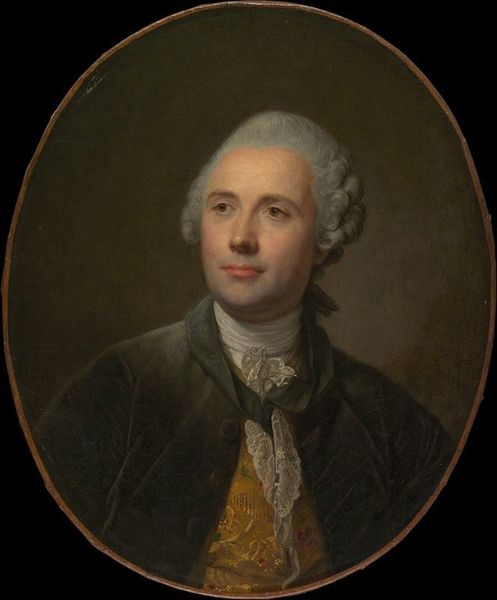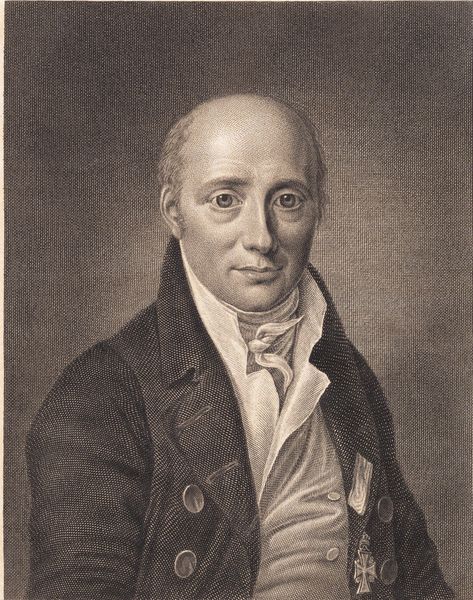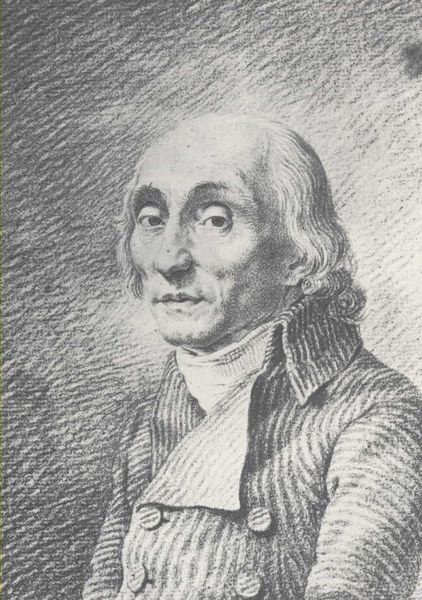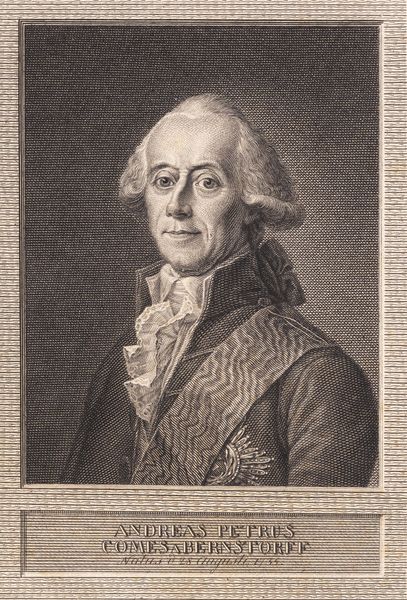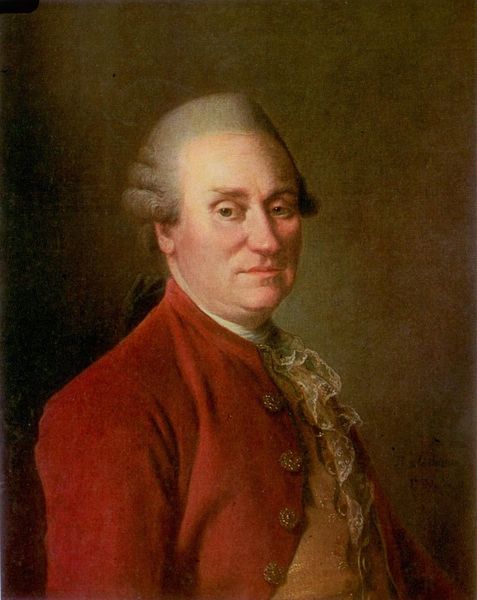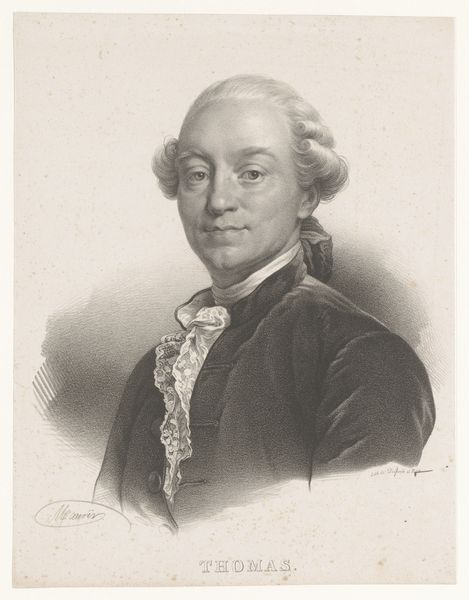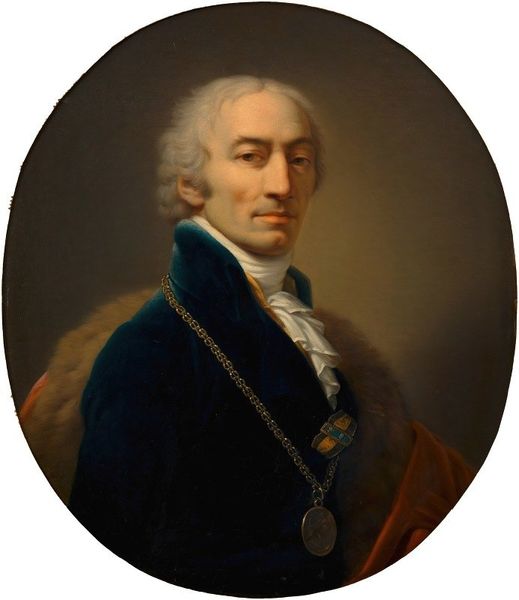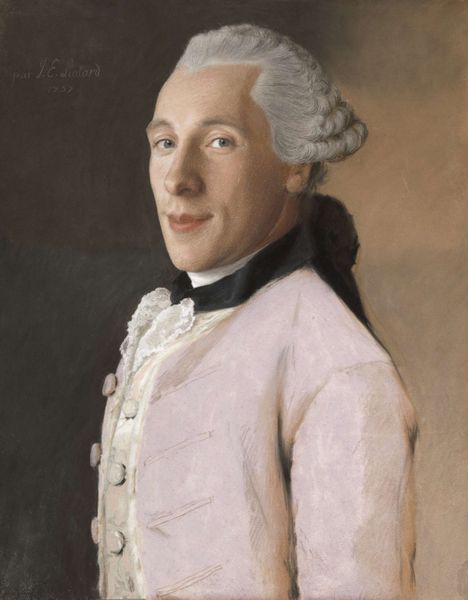
figurative
portrait image
portrait reference
portrait head and shoulder
animal portrait
animal drawing portrait
portrait drawing
facial portrait
portrait art
fine art portrait
digital portrait
Copyright: Public Domain: Artvee
Curator: Welcome. Here we have "Portrait of a Gentleman, presumed to be a Blücher" from the 1790s by Jens Juel. Editor: He looks very pleased with himself, doesn’t he? A bit smug even. But I have to say, the pastel is really lovely here. So soft, that velvety texture. Curator: Pastel was definitely having a moment then. It was seen as very elegant and sophisticated. But portraits like these also helped reinforce social hierarchies. Who got their likeness preserved, and by whom, speaks volumes. Editor: True, but look at the material choices. That rich blue coat! I’m curious about the source of the pigment. Was it costly? What dyes were involved? These details tell us about trade routes and material culture of the time, not just status. Curator: Absolutely. Juel was very fashionable and connected within Danish society; he captured the elite of his time. But his art also participated in defining Danish national identity and reinforcing class structures. Portraiture of the time served not only the subject of the image, but it served power itself. Editor: I wonder about the labor involved. Pastel seems immediate but creating it must have required some labor beyond just Juel’s application. Curator: Indeed, the preparation of materials and the sitting itself are labour-intensive processes often overlooked. And you're right to bring that up: a portrait was a costly enterprise! Editor: Looking at him now, though, I keep returning to the fabric of his clothing. It invites a haptic encounter that is almost impossible given the image's distance from reality. Curator: Jens Juel definitely knew how to make the surface speak! It gives you a window into the sensibilities of the time. Editor: He has made this image with real sensitivity for texture. A real engagement with materials. I see so much more than just social status. Curator: Ultimately, it is up to us, today, to analyze what those things tell us about the time, place and circumstances of the work's production. Editor: Right, by paying close attention to the labor, the sourcing, and transformation of those materials, the real, the symbolic and lived reality come into focus.
Comments
No comments
Be the first to comment and join the conversation on the ultimate creative platform.
